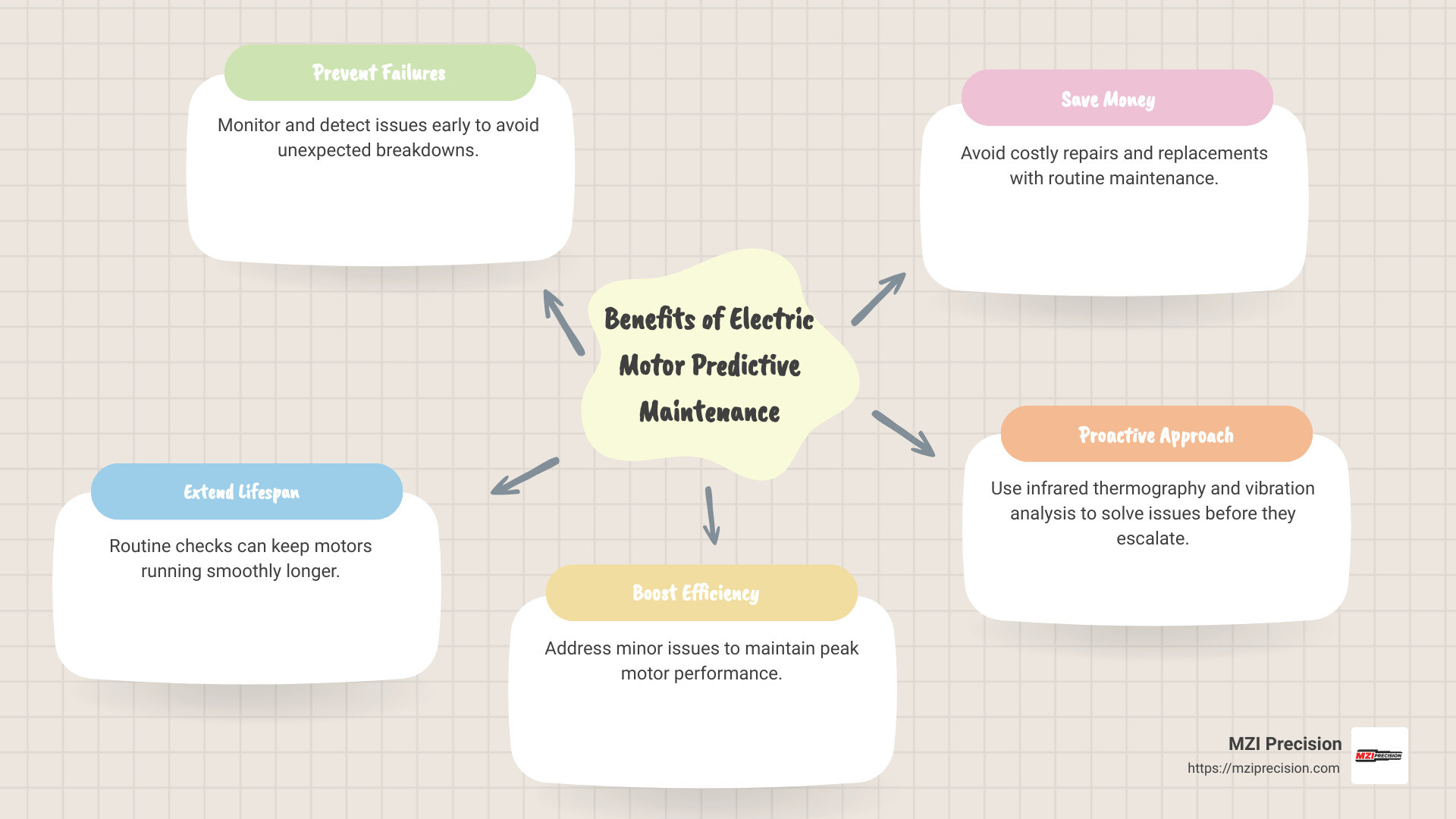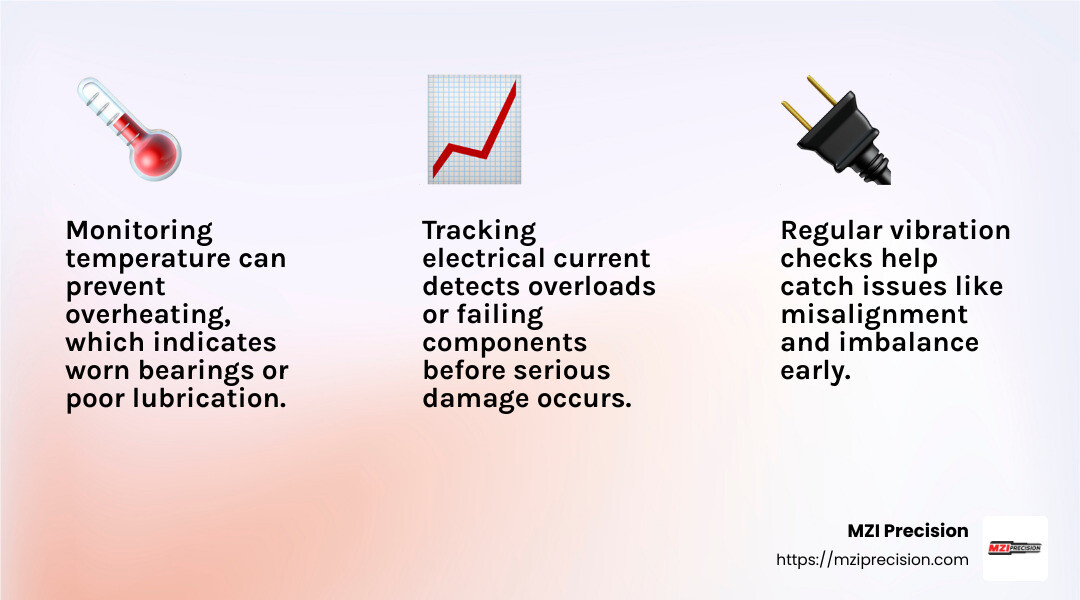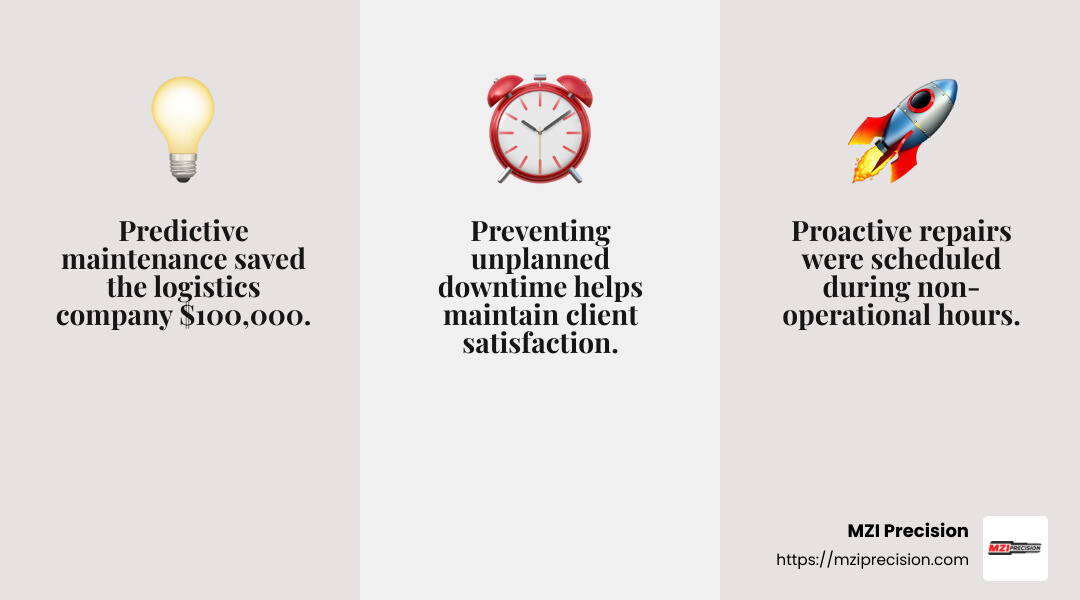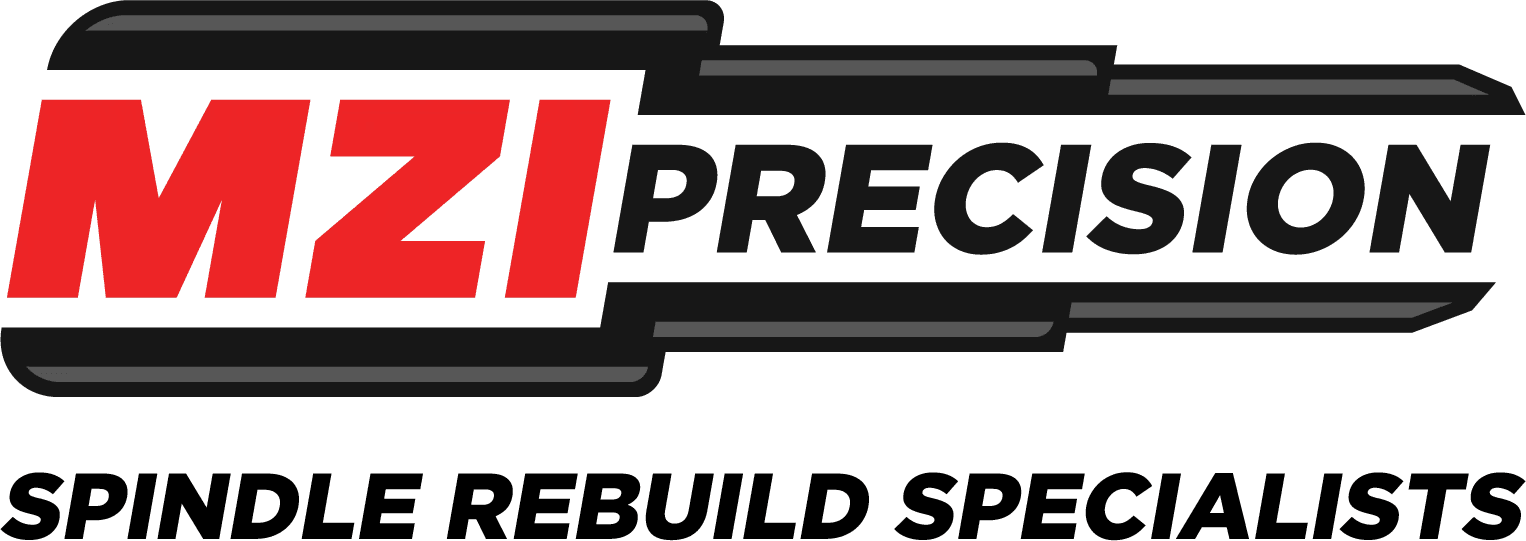Electric motor predictive maintenance is an essential strategy for maintaining optimal performance in industries like aerospace, where reliability is crucial. This approach involves using advanced techniques to predict potential motor failures before they occur, saving time and money and ensuring continuous operation. In industrial manufacturing, particularly with spindles, predictive maintenance can significantly extend the lifespan of machinery, reduce downtime, and improve operational efficiency.
- Prevent Failures: Monitor and detect issues early to avoid unexpected breakdowns.
- Extend Lifespan: Routine checks can keep motors running smoothly longer.
- Boost Efficiency: Address minor issues to maintain peak motor performance.
- Save Money: Avoid costly repairs and replacements with routine maintenance.
Predictive maintenance doesn’t just prevent motor failures; it acts as an improvement tool, increasing equipment longevity and performance. This approach integrates tools like infrared thermography and vibration analysis, allowing teams to address issues proactively rather than reactively. In industries reliant on precision, such as aerospace, implementing these practices could be the key to maintaining both productivity and competitiveness.

Electric motor predictive maintenance vocab to learn:
– electric motor inspection
– electric motor maintenance
– electric motor repair
Understanding Predictive Maintenance
Key Indicators for Electric Motor Health
In industrial settings, keeping electric motors in top shape is crucial. Predictive maintenance is all about spotting problems before they cause a breakdown. To do this, we focus on three main indicators: temperature, vibration, and electrical current.
-
Temperature: Overheating is a big red flag. By monitoring temperature trends, we can catch issues like worn bearings or poor lubrication early.
-
Vibration: Motors should run smoothly. If there’s too much vibration, it could mean misalignment, imbalance, or wear and tear. Regular vibration checks help catch these problems.
-
Electrical Current: An unusual increase in current draw might indicate an overload or a failing motor component. Monitoring current helps pinpoint these issues.
These indicators are like a motor’s health report. When monitored regularly, they provide a clear picture of its condition, allowing for timely interventions.
Benefits of Predictive Maintenance
Predictive maintenance offers several advantages that can transform how businesses operate:
-
Minimize Downtime: By predicting failures before they happen, we can schedule maintenance during planned downtimes. This proactive approach means less disruption and more productivity.
-
Cost Reduction: Unplanned repairs can be expensive. Predictive maintenance helps avoid these costs by addressing issues early. It also reduces the need for emergency part replacements and repair services.
-
Maximize Lifespan: Regular monitoring and maintenance extend the life of electric motors. When motors run efficiently, they last longer, saving money on replacements.
Predictive maintenance is not just about avoiding problems; it’s about optimizing performance and ensuring the longevity of industrial manufacturing spindles. By focusing on key health indicators and leveraging advanced monitoring techniques, businesses can achieve significant cost savings and operational efficiency.

Implementing Predictive Maintenance for Electric Motors
Motor Condition Monitoring Techniques
Implementing predictive maintenance for electric motors hinges on effective monitoring techniques. In the industrial manufacturing space, three main types of sensors are crucial:
-
Temperature Sensors: These sensors detect overheating, which can indicate issues like excessive friction or poor lubrication. By continuously monitoring temperature, potential problems can be identified and addressed before they lead to motor failure.
-
Vibration Sensors: Motors should operate with minimal vibration. These sensors help detect imbalances, misalignments, or worn parts. With the use of accelerometers, vibrations are monitored to ensure smooth motor operation.
-
Electrical Current Sensors: Monitoring electrical current is vital. An increase in current draw can signal an overload or a failing component. Using split-core amp clamps, these sensors provide insights into the motor’s electrical health.
Wireless sensors have become a game-changer in condition-based maintenance. By offering continuous and real-time data, they allow for immediate response to any anomalies detected in motor operation. This proactive approach helps prevent unexpected downtimes and extends the lifespan of industrial manufacturing spindles.
Challenges and Solutions
While the benefits of predictive maintenance are clear, there are several challenges that come with implementing these solutions:
-
Installation Complexity: Retrofitting existing equipment with new sensors can be daunting. Space constraints and compatibility issues with older machinery often complicate installations. However, compact wireless solutions, like those offered by MZI Precision, simplify this process by easily integrating into existing systems.
-
Data Integration: Handling the massive data flow from multiple sensors can be overwhelming. The key is to integrate this data into a central system that can effectively analyze and interpret it. Advanced software solutions that compile and present data in an actionable format are essential for overcoming this hurdle.
-
Wireless Communication: Ensuring reliable wireless communication between sensors and monitoring systems is critical. Issues such as interference or signal loss can disrupt data transmission. Implementing robust wireless protocols and ensuring strong connectivity within the facility can mitigate these risks.
By addressing these challenges, companies can fully leverage the power of predictive maintenance. The transition from traditional maintenance to a predictive model not only improves motor reliability but also optimizes operational efficiency, leading to significant cost savings and improved productivity in industrial manufacturing environments.
Case Studies and Real-World Applications
Fortune 500 Manufacturing Company: A Success Story
Let’s explore a real-world example of how predictive maintenance can make a significant difference. A Fortune 500 manufacturing company implemented a wireless sensor system on their industrial manufacturing spindles. This system, designed by Phase IV, continuously monitored key indicators like temperature and vibration.
What happened next was a game-changer: One of the sensors detected a pattern of rising temperature and vibration. The system sent an alert, and technicians quickly identified the problem—a loose part of the spindle guard. This issue, if left unchecked, would have led to spindle failure.
The Result? The company avoided a potential disaster by scheduling a repair during non-operational hours. This proactive approach saved them an estimated $100,000 in expenses and preserved their reputation with clients.

Cost Savings and Unplanned Downtime Prevention
Predictive maintenance isn’t just about fixing problems before they escalate—it’s also a powerful tool for cost savings and minimizing unplanned downtime. This manufacturing company is a prime example. By catching minor issues early, they avoided the costly consequences of a complete spindle replacement and production halt.
Why is this important? In industries where time is money, unplanned downtime can be incredibly expensive. Workers sit idle, production deadlines are missed, and customer satisfaction takes a hit. Predictive maintenance helps prevent these scenarios by allowing companies to schedule repairs and replacements during planned downtimes.
The Bigger Picture
Incorporating predictive maintenance into your operations isn’t just a smart move—it’s a necessity in today’s manufacturing environment. By utilizing wireless sensors for constant monitoring, companies can make informed decisions, reduce unexpected downtimes, and ultimately save money.
The success of the Fortune 500 manufacturing company showcases the tangible benefits of this approach. By investing in predictive maintenance, businesses can improve the lifespan of their equipment, improve performance, and ensure smooth operational flow. This proactive strategy is not just about preventing failures—it’s about optimizing resources and driving productivity to new heights.
Next, let’s explore some frequently asked questions about industrial manufacturing spindle predictive maintenance.
Frequently Asked Questions about Electric Motor Predictive Maintenance
What is predictive maintenance on electric motors?
Predictive maintenance for electric motors involves using advanced monitoring techniques to predict when a motor might fail. This strategy relies on data analysis to identify patterns or anomalies that suggest potential issues. By doing so, it allows for timely interventions before problems escalate into costly failures.
Key techniques include Motor Current Signature Analysis (MCSA), which detects changes in the electrical current that may indicate mechanical or electrical faults. Regular monitoring of temperature, vibration, and electrical current is crucial as these are the main indicators of motor health.
How do you maintain maintenance on an electric motor?
Maintaining electric motors through predictive maintenance involves a systematic approach:
-
Regular Intervals: Conducting checks at scheduled intervals ensures consistent data collection and analysis, which helps in identifying trends over time.
-
Data Analysis: Use software tools to analyze data collected from sensors. This helps in spotting irregularities that could indicate potential issues.
-
Monitoring Techniques: Implement continuous monitoring using wireless sensors for parameters like temperature, vibration, and electrical current. These sensors provide real-time data that can be used to predict issues before they occur.
-
Motor Current Signature Analysis (MCSA): This technique involves analyzing the electrical current in the motor to detect any deviations from normal patterns, which could signify underlying problems.
What are the main indicators of motor issues?
Understanding the main indicators of motor issues is key to effective predictive maintenance:
-
Temperature: A rise in motor temperature can indicate overheating, which might be due to excessive load, poor ventilation, or failing components.
-
Vibration: Increased vibration levels often suggest misalignment, imbalance, or wear and tear of motor parts. Monitoring vibration helps in identifying mechanical issues early.
-
Electrical Current: Fluctuations in electrical current draw can signal overloads or electrical faults. Consistent monitoring helps in diagnosing these issues promptly.
By focusing on these indicators, companies can implement a robust predictive maintenance plan that minimizes downtime, reduces costs, and maximizes equipment lifespan.
Conclusion
At MZI Precision, we understand the critical role that industrial manufacturing spindles play in your operations. Our expertise in spindle repair and rebuilding is best, and we are committed to delivering exceptional service and support to ensure your machinery runs smoothly and efficiently.
Predictive maintenance for electric motors, especially in the context of industrial manufacturing spindles, is not just about preventing failures; it’s about enhancing performance and extending the lifespan of your equipment. By leveraging advanced monitoring techniques and data analysis, we help our clients identify potential issues before they lead to costly downtime.
Our approach is rooted in precision and attention to detail. We use cutting-edge tools like temperature, vibration, and electrical current sensors to keep a close eye on your equipment’s health. This proactive strategy allows us to address problems before they escalate, saving you time and money.
We pride ourselves on our commitment to exceptional service. From initial consultations to ongoing support, we ensure that every spindle we repair or rebuild meets the highest standards of quality and reliability. Our team of experts is here to guide you through the complexities of spindle maintenance, providing peace of mind and ensuring your operations remain uninterrupted.
Ready to experience the benefits of predictive maintenance with MZI Precision? Explore our electric motor repair services and let us help you achieve optimal machine performance. Partner with us to keep your industrial manufacturing spindles in top condition, ensuring maximum productivity and efficiency.



